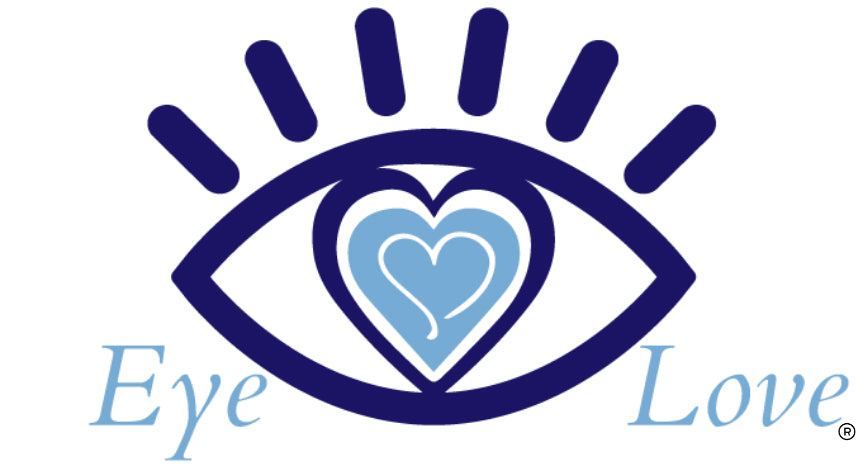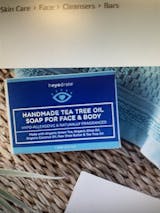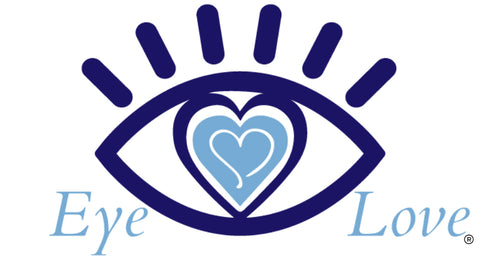This is my third mask. I use it every morning for my dry eye therapy.
The wash is good but the new pump is bad. After less than 10 pumps, the pump head got stuck and I need to pull it up manually. I like the old package better. Please improve the pump head.
I would not live without these cleaners! They have helped me so much with my dry eye
I love this product! It keeps my face clean without causing wrinkles, and it also keeps me from having eyelid issues. It is a very good everyday maintenance product for face.
I cannot make it without this spray. I’ve used it for years. Thank you for this product.
I love the Foam Wash and Cleanser! I was recently diagnosed with MGD and an increase of eyelash mites. After I started using these products in addition to warm eye compresses and preservative-free drops, it made a huge difference. The mask didn't work for me, it was a bit too heavy and the pressure was uncomfortable. I have glaucoma and am sensitive to extra pressure on my eyes, but it does hold heat wonderfully and I'm sure it's great for a lot of people. But EyeLove refunded the cost of the mask after I reached out. Amazing customer service!
I wish EyeLove would bring back the bar soap. The foam is too drying to use on the whole face. The bar soap worked wonders for my rosacea and was not drying like the foam.
I love it. It really keeps those little glands in your eyelids from clogging so much.
I'm a senior (87) and I love my Lid and Lash cleanser - been using it for years.
I have been using this product for a few years and I am very happy it.
it really helps my Blephariitis
Heyedrate Lid & Lash Cleanser is my daily start to my face cleaning and nourishing ritual, both morning and taking off my sunscreen at night. Works Great!!
I just love using this to spritz my face after washing my eyes out. It is so refreshing and clean feeling especially in the hot summer days.
I talked to a person with blepharitis and ocular rosacea. She highly recommended this. I’ve only used it a couple of weeks, but my eyes feel less itchy and much better. I think this will be a great tool in my ongoing battle with blepharitis.
I want to cancel the subscription and you refuse to!
These are excellent for getting rid of crusty eyelids and removing any residual mascara. I split one in half and use half in the morning and the other half at night.
I am so happy with the lash cleaner. My eyes feel much beter than the previous foam stuff my eye doctor started me on. I just started the vitamins. All I can say is that I think they are helping but it's early. I will be reordering these
Can’t do without these pills. They help so much!
LOVE Heyedrate Foaming Tea Tree Face Wash and Eyelid Cleanser! It doesn't dry out my skin, it eliminates acne, and makes my skin feel and look great! ONLY request I have is to be more environmentally friendly and sell the product in bigger bottles to use less waste...please! I would make a refill station in my town if you needed one! LOVE the product, just not the packaging. Thank you!
I haven't used any other face wash since I found this one
Like to have it and sometimes more is better!
Bring back the bar soap PLEASE!!!! It works SO well for dry eye AND rosacea. If you want to make more profit, sell it in a smaller size or charge more per bar! It was the best product for folks like me suffering from dry eye, rosacea and I had a friend who had a sty and she said it was a “miracle soap”. Soap bars are also great for travel. Thank you!






